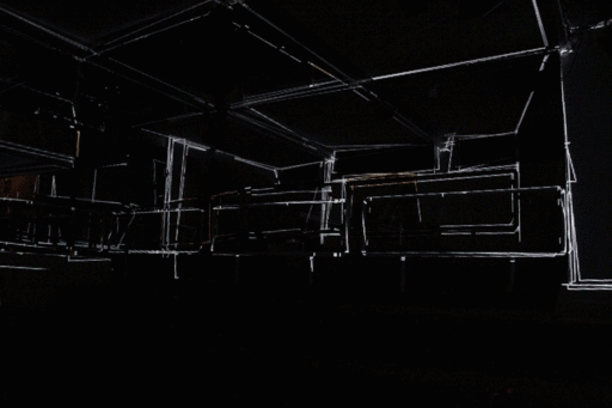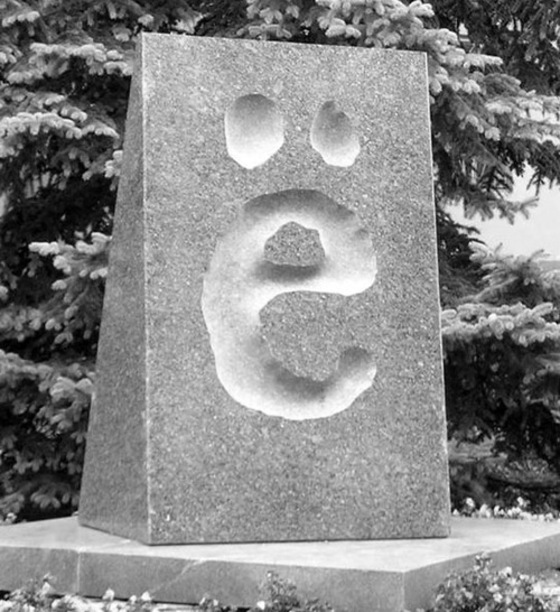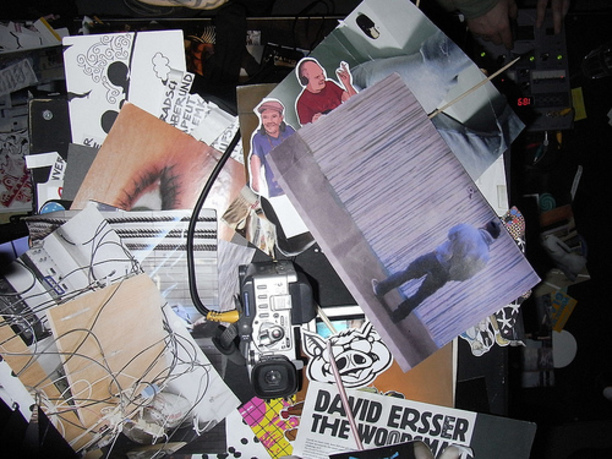
Martin Meyer / Sinsynplus
After his talk, Martin will immediately change spaces and head back to zeitraum.exit to prepare his performance project , that will be performed at 10pm! Will will join them after our session!
About Martin Meyer
Martin Mayer is a visual artist and VJ based in Munich, working under the alias sinsynplus since 2001. He studied media art at the Munich Academy of Fine Arts and is co-founder of the multimedia art duo mayer+empl. In this multimedia art duo Martin Mayer and Quirin Empl are specialized in interior and exterior 3D video mapping – an art form that uses architecture, shape and conditions of the room to project moving images, light or graphics on abstract surfaces, and thus creating entirely new atmospheric spaces.
WebsiteArtist video

ë / ë - anya orel and e
About ë
Anya Orel raised and lived in Moscow, before she probably moves to Berlin. She is painting every day since she was kid, doing streetart since 2011. E aka Torsten Höhle is a native Berliner – kindergarten ost, punk, postpunk, graffiti, graphics, upcycling art, techno. With his collective E-Gruppe, founded 1995, they are indefatigably activ in vjing and visual installations since 2002.
WebsiteArtist video

Agnieszka “Bronka” Bronowska / Mixing art and science – enthalpy, entropy, visual narration, and dance
In my talk I will briefly introduce the concepts, data sources, and tools, which can be used by visual artists in their work. I will focus on the need for motion graphics, especially in depicting the phenomena which involve dynamic components hence the entropic terms (e.g. drug-receptor interactions, rational drug design). Finally, I will ask for ideas and feedback from the audience about the future directions in visualising the dynamic and multi-scale data.
About Agnieszka “Bronka” Bronowska
Life sciences and visual arts can fuel each other and be – one for another one – the sources of inspiration. Good visualization is pivotal for biological and chemical sciences – to illustrate the key concepts, to transmit information, and to bring new ideas along. Some concepts, like macromolecular flexibility, protein ensembles, or enthapy- entropy compensation, which are often difficult to explain, can be portrayed by dance and video art in a form that is readily accessible to non-scientists. This is of a crucial importance for explaining the concepts to children or otherwise popularising life sciences. ! This also goes the other way round. Science itself can be the source of inspiration for the art. Protein dynamics and ligand-protein interactions can serve as a canvas for story-telling, and the concept of periodic boundary conditions (PBC) used in molecular simulations can be exploited as a parallel to the concept of social roles, etc etc. Last but not least, structural biology, structure-based molecular design, and molecular modelling use tools which can also be used by visual artists for other purposes.
Website